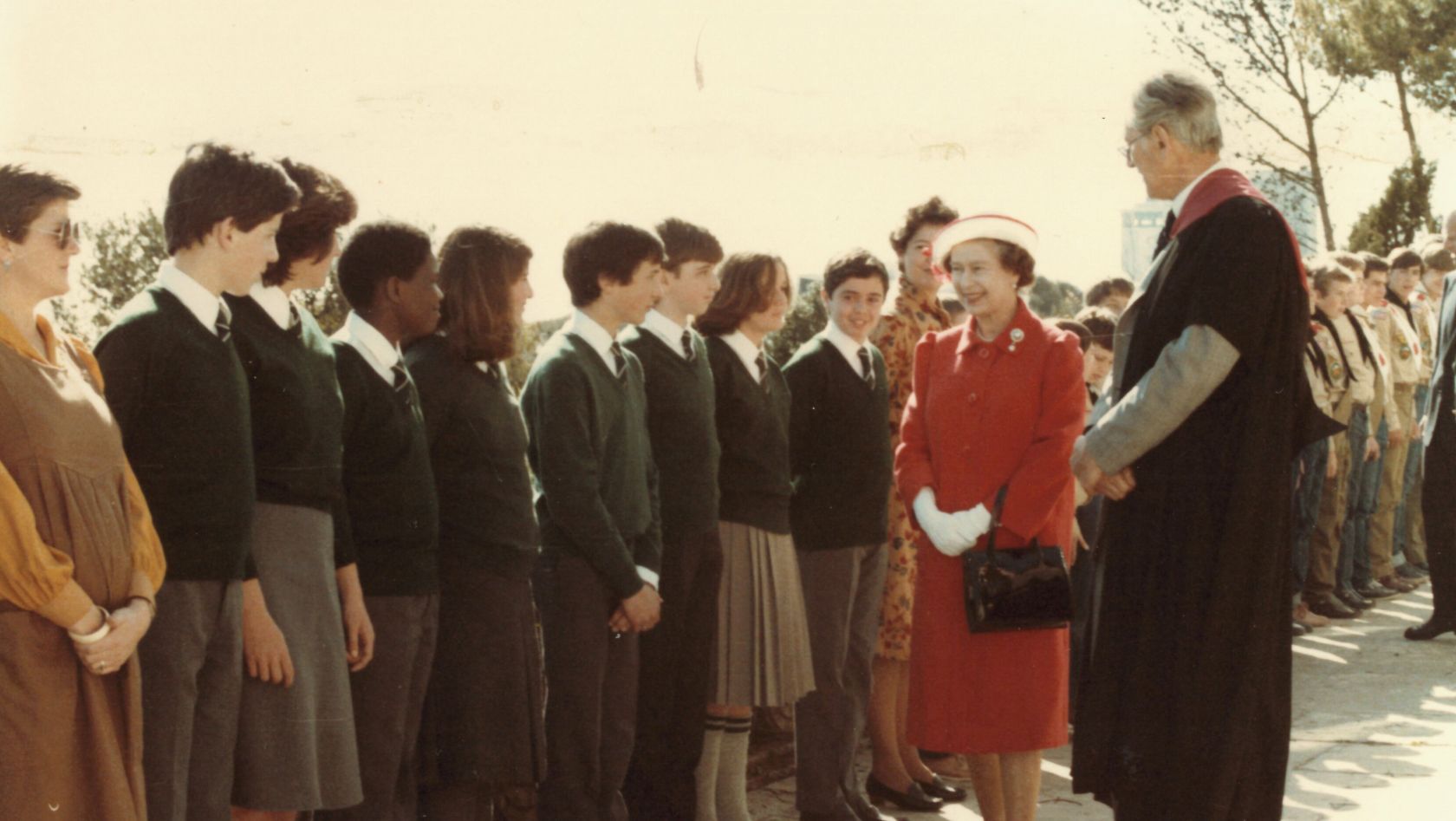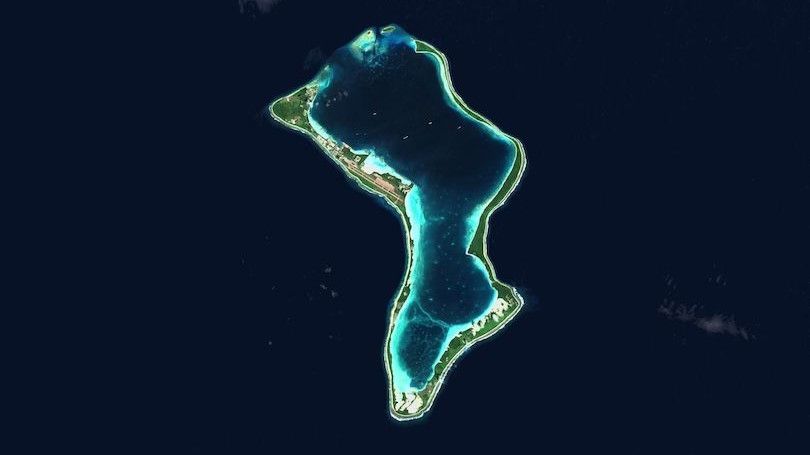It’s 636 years since a treaty of alliance between King
Richard II of England and King John I of Portugal was ratified at Windsor on
the 9th May 1386. It wasn’t the earliest of the Anglo-Portuguese treaties
that survive, the Treaty of Windsor is significant because it effectively
cemented and strengthened ties between the two kingdoms and helped convert a
fledgling alliance into a more permanent legacy of history. The first treaty
was signed in 1373, but the later was considered better as it effectively
cemented and strengthened ties between the two kingdoms.
The treaty of Windsor
This treaty is more relevant in the era of Queen Elizabeth
as it was signed at Windsor, a favourite residence of our Queen who, of course,
is from the House of Windsor. In fact Queen Elizabeth was buried in Windsor
alongside her late husband. Perhaps not strictly relevant, but it provides a
link we can appreciate. What cannot be disputed is treaty or not, Portugal and
the UK have enjoyed a long standing special relationship.
Just four years after her coronation Queen Elizabeth made her first official visit to Portugal in February 1957. Portugal was fifth in her official visits. Before France, the USA or even the Vatican. She arrived in the Royal Yacht Britannia, which moored in the Tagus.

Q
Her 1957 visit lasted just three days, and Portugal even purchased a Rolls Royce for the Queen and Prince Philip to travel in during their visit. There was a parade in their honour at Praça do Comércio in Lisbon and they visited the Monasteries of Santa Maria, Alcobaça, Santa Maria da Vitória in Batalha, and Nazaré. They stayed at the Queluz National Palace. Portugal made a great honour of the new Queen of the United Kingdom. The famous ’LIFE’ magazine covered the first visit extensively. The young Queen Elizabeth attracted a lot of international interest. Nothing has changed.

Elizabeth and Philip in Portugal, LIFE magazine front
cover March 1957
Elizabeth was greeted with enormous enthusiasm by the
Portuguese people everywhere she went. It was reported that in a remarkable
demonstration of welcome, students of Coimbra University threw cloaks on the
ground, ready for the Royal car to drive over.
Second visit to Portugal 1985
By the time Queen Elizabeth returned to Portugal,
politically much had changed. Her first visit in 1957 was while Portugal was a
dictatorship. She was welcomed by António Oliveira Salazar. When she returned
for her second visit, Portugal was a democracy. Her host was President António
Ramalho Eanes and Prime Minister Mario Soares. She arrived in Portugal on board
a British Airways aircraft, but her husband Prince Philip, arrived aboard the
Britannia, the royal yacht. He had been in Madeira on official business with
the World Wildlife Fund.
During her time here in 1983 she visited many of the popular
attractions of Lisbon such as the Estufa Fria, the National Assembly and the
National Theatre. She received the Medal of Honour of the City of Lisbon
travelled over the 25 de Abril bridge to take the train to Évora, the
next day flew to Porto. It was a very full programme and Her Majesty received a
rapturous welcome wherever she went.
Queen visits St Julian’s
One particular visit that will be long remembered was her
visit to St Julian’s school where she unveiled a plaque named in her honour on
a new school building. Andrew Bull was the headmaster at the time. The students
requested an extra days holiday, which the Queen granted, needless to say to
resounding cheers.

Queen Elizabeth greeting pupils of St Julian’s in 1985
(photo courtesy of St Julian’s).
Resident in Portugal for 50 years, publishing and writing about Portugal since 1977. Privileged to have seen, firsthand, Portugal progress from a dictatorship (1974) into a stable democracy.

















It's all in the past: hundreds of years since the "old alliance", many decades since the two Royal visits. And Brexit cut the remaining ties.
By Annie from Algarve on 19 Sep 2022, 19:13
Hopefully, Charlie isn't too adventurous regarding travel.
By Greg from Other on 20 Sep 2022, 06:46